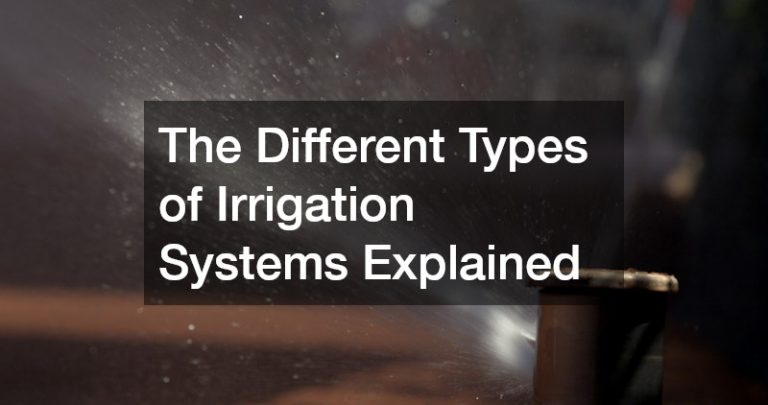- GPS Tracking helps optimize fuel and time costs and prevent theft.
- Telematics Technology provides real-time vehicle diagnostics, geofencing capabilities, driver performance metrics, and more.
- Electronic Logging Devices (ELDs) automatically track a fleet’s vehicles and log their driving hours for compliance regulations.
- Automated Fleet Management Software provides insights into driver performance and fuel consumption, saving time and money on maintenance costs.
- Vehicle Safety Systems include sensors, cameras, lane departure warning systems, and curve and speed warning systems.
The efficiency and security of a fleet are essential to driving success in any business. To ensure a safe, productive and cost-effective operation, companies must adopt technologies that provide insight into their operations and protect their assets. In this article, we’ll explore five technologies that can help to enhance fleet efficiency and security.
1. GPS Tracking

GPS tracking is a great tool for fleet managers looking to maximize efficiency and security. Investing in a reliable GPS trailer tracking system enables fleet owners to monitor the location of their vehicles at any given time, making it easier to stay on top of routes, driver behavior, and more.
With real-time visibility into trailers’ locations, fleet managers can easily adjust schedules to optimize fuel and time costs. GPS tracking also helps to prevent theft, as managers can be alerted when a trailer moves without authorization.
2. Telematics Technology
Telematics technology is necessary for fleet owners to streamline operations and protect their assets. With telematics, fleet managers can gain access to real-time vehicle diagnostics, geofencing capabilities, driver performance metrics, and more.
This data helps to identify potential problems before they occur, enabling managers to take preventative action and avoid costly issues. Telematics can also alert drivers when they enter restricted zones or exceed speed limits, increasing safety and security.
3. Electronic Logging Devices (ELDs)
Electronic Logging Devices, or ELDs, can streamline operations by automatically tracking a fleet’s vehicles and logging their driving hours. ELDs provide more accurate tracking information than paper logs, which are prone to human error. Not only is this important for minimizing accidents and maximizing safety, but it also helps with compliance regulations set by the Department of Transportation (DOT).
ELDs allow fleet managers to analyze and monitor their operations in real time. This allows them to respond quickly to any problems while also providing visibility into driver performance and vehicle efficiency. With access to this data type, fleet managers are better equipped to tackle potential issues before they escalate or become a safety hazard.
4. Automated Fleet Management Software

Automated fleet management software is a powerful tool for managing fleets of any size. This software allows fleet managers to monitor and manage their vehicles from any location, giving them real-time visibility into their fleet operations.
Automated fleet management software also provides insights into driver performance and fuel consumption, helping managers save time and money on maintenance costs. Furthermore, this type of software can generate data reports that help fleet managers analyze current trends and make informed decisions.
5. Vehicle Safety Systems
Vehicle safety systems are essential for keeping fleets secure and safe on the road. This technology can include anything from sensors to cameras designed to help detect potential hazards or dangerous driving conditions that could lead to accidents or other emergencies. Vehicle safety systems can also alert drivers if they are not following established routes or exceeding speed limits, allowing managers to take corrective action quickly.
Here are some vehicle safety system features to consider:
Lane Departure Warning Systems
Lane departure warning systems are designed to alert drivers when they cross over lane markings without using a turn signal. This technology can help reduce the risk of collisions and ensure that vehicles stay on their designated path. It can also provide fleet managers with driver habits and performance data, helping them make informed decisions about training or disciplinary action.
Curve Speed Warning Systems
These systems are designed to detect when a vehicle is going too fast for curves or sharp turns in the road, warning drivers and helping them stay safe. They can also provide fleets with valuable data about driver performance and improve overall safety on the job site.
Adaptive Cruise Control
Adaptive cruise control is designed to keep a safe distance from the vehicle in front and adjust speed according to traffic conditions. This can help fleets save on fuel costs and reduce the risk of accidents caused by speeding or tailgating.
Blind Spot Detection Systems
Blind spot detection systems are designed to alert drivers when an object or another vehicle is in their blind spots. This technology can help reduce the risk of collisions and keep vehicles safe on the road. It can provide fleet managers with data about driver performance and help improve safety overall.
In Summary
Fleets across the globe are increasingly turning to technological solutions to improve the efficiency and security of their operations. By utilizing these five technologies, managers can gain greater visibility into their operations and take proactive steps to improve safety and efficiency.





